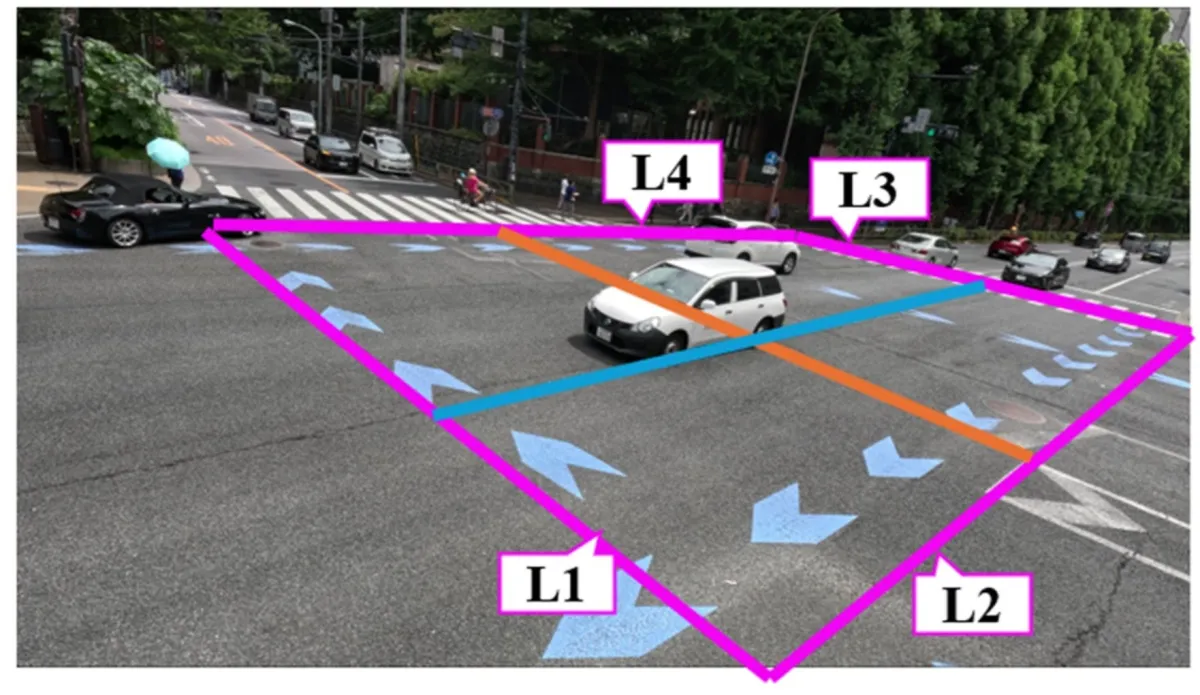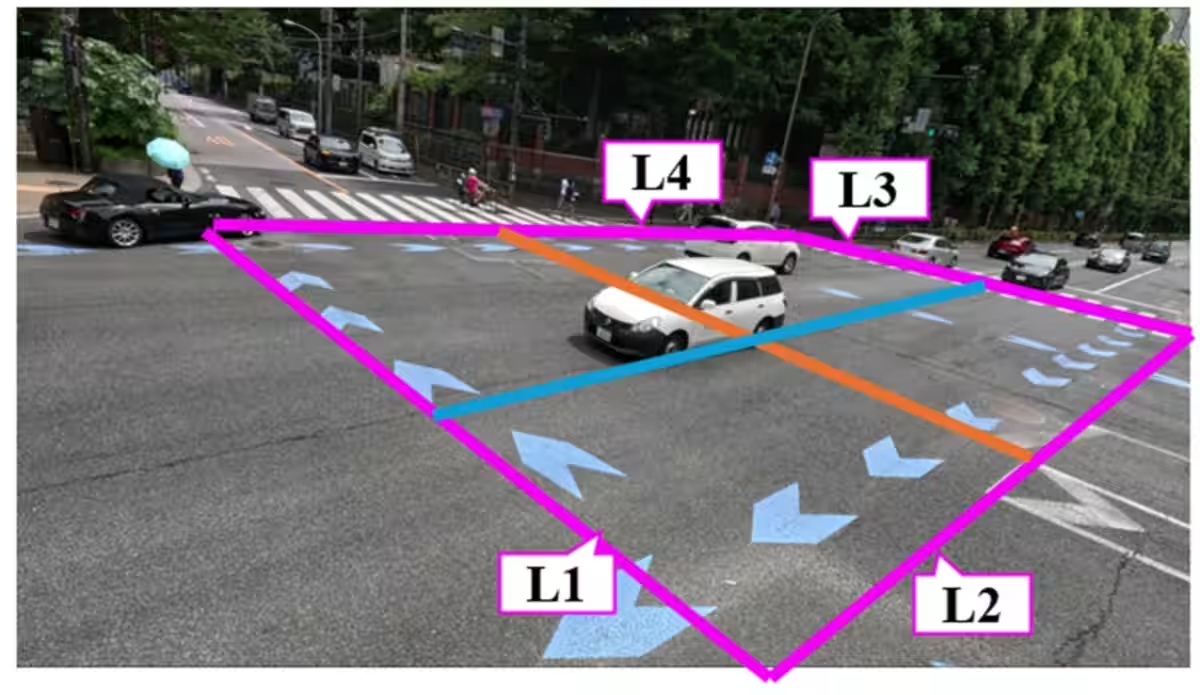

Developing Advanced Deep Learning Techniques for Traffic Volume Studies: A Study by Professor Imai
Innovative Traffic Volume Counting Method Using Deep Learning
In recent years, advancements in artificial intelligence (AI) have paved the way for new methodologies aimed at streamlining traffic volume studies. A notable development in this realm comes from Professor Ryuuichi Imai and his research team at Hosei University. Their work, published in the international academic journal Journal of Digital Life, unveils a new counting method for traffic volume, categorized by vehicle type and direction, utilizing deep learning techniques.
The research specifically aims to enhance the accuracy of traffic data collection, which is critical for understanding congestion and identifying bottleneck areas in urban environments. Traditionally, traffic surveys require significant resources, especially as the number of observation points increases. The Japanese Ministry of Land, Infrastructure, Transport and Tourism has been exploring various ways to reduce the costs associated with these surveys, highlighting the need for more efficient methodologies.
Deep Learning Approach to Traffic Analysis
The core of Professor Imai's research involves analyzing dynamic video footage captured at intersections. By applying a state-of-the-art deep learning model known as YOLOv8 (You Only Look Once version 8), the team aimed to improve both vehicle classification and directional measurement accuracy. The process involves deep learning-based object detection, allowing for an effective count of vehicles based on direction and type during peak traffic times.
In experimental trials, the proposed method was tested against existing counting techniques. Notably, a 25-minute video recorded at a traffic intersection in Tokyo demonstrated superior accuracy with the new methodology, signifying a pivotal step forward in the field of traffic data analysis.
Future Directions and Applications
Looking ahead, the research team intends to validate their deep learning approach across various angles and traffic conditions by applying it to additional dynamic video datasets. This not only aims to showcase the versatility of their method but also seeks to make it practical for broader traffic volume studies.
Furthermore, they plan to enhance their system for counting vehicles in distinct categories—such as small versus large vehicles—by employing image classification methods. This enhancement is crucial for providing deeper insights into traffic flow dynamics, ultimately aiding urban planners and traffic management authorities in making data-driven decisions.
The findings of this study underscore the impact of AI and deep learning technologies in enhancing traditional traffic analysis methods. With growing traffic demands in urban settings, such innovative approaches could revolutionize how cities manage and optimize road usage.
In conclusion, Professor Imai's research lays the groundwork for integrating advanced technologies into traffic studies, promising not only increased accuracy but also the potential for cost savings and operational efficiency in traffic management.
For more information or inquiries related to this study, please contact the Journal of Digital Life office at [email protected].
About Journal of Digital Life
The Journal of Digital Life is an online platform dedicated to sharing research related to the digital field. Launched on September 1, 2021, it aims to promote the development of services and industries grounded in evidence validated by interdisciplinary research.

Topics Other)










【About Using Articles】
You can freely use the title and article content by linking to the page where the article is posted.
※ Images cannot be used.
【About Links】
Links are free to use.